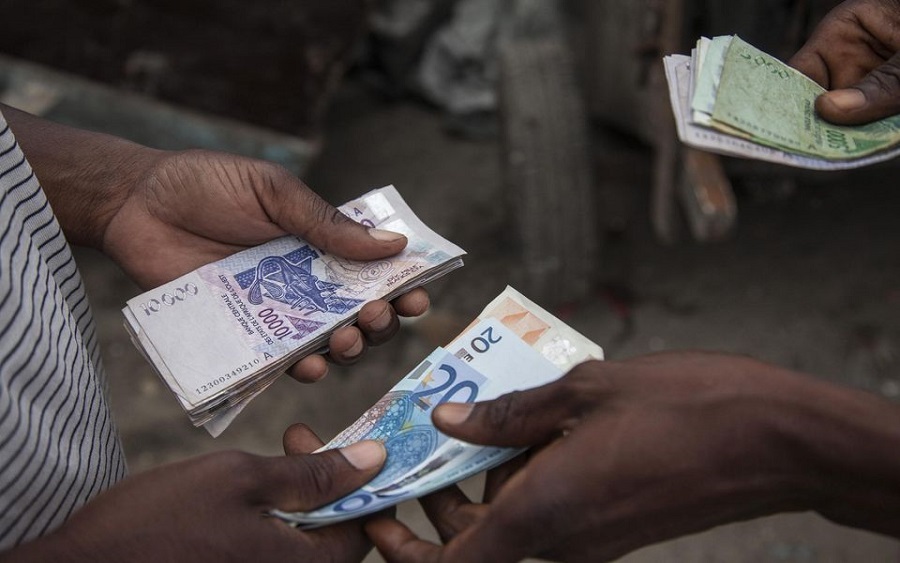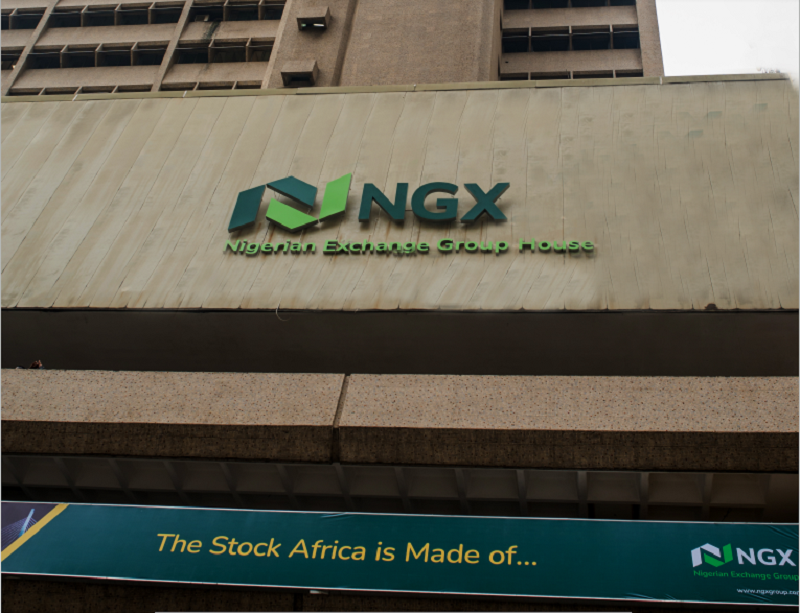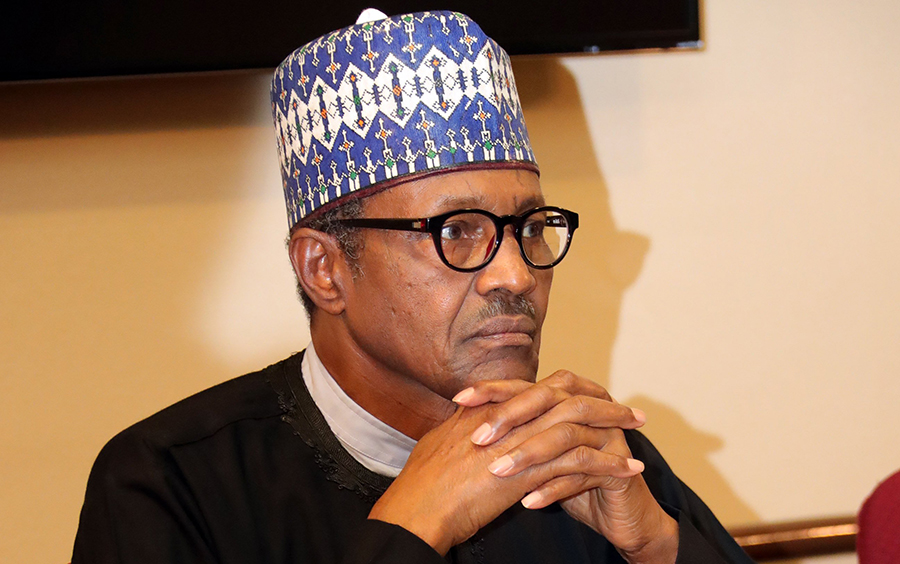West African nations previously colonized by France agreed with French President Emmanuel to ditch the CFA currency.
The CFA was a “funny” arrangement (I am being polite). The former West and Central African nations colonized by France banked 50% of their foreign exchange reserves with the Bank of France and got paid a maximum of 0.75% for those deposits. In return, the African nations got a currency as legal tender that was pegged, i.e. essentially linked in value to the French currency and the Euro. To understand this, we must take a crash course in currencies, pegs and the Bretton Woods arrangement.

Before the First and Second World Wars, most currencies were pegged to gold. Thus, you could take a currency note and see the words “promises to exchange this note for gold.” Why? since every note was backed by gold, there was no inflation because no nation could print money at will. The Coinage Act of 1792 measured the US dollar as equivalent to 24.75 grains of fine gold.
However, after the wars, devasted European governments needed to spend a lot to fix and rebuild; clearly, the peg to gold could not work because those war devasted nations had no gold. Who had gold? The United States of America. This young nation held ¾ of the gold, so in 1944, at the Bretton Woods Conference in America, the gold peg was replaced by a dollar peg.
The nations of the world pegged their currency to the Dollar, and the Dollar was pegged to Gold. The Federal Reserve Act specified that Federal Reserve Notes be backed 40% in gold, later reduced to 25.5%. Thus, a nation like Italy, without gold in 1945 could simply borrow dollars from the US and then print Lira to pay salaries based on the holding of Dollars, not Gold. This worked, for a while.
The problem, as you may have noticed, was still that Italy could only issue lira based on how much dollars it had. The US also had to maintain 25% of reserves in gold; thus, US president could not have deficit budgets and spend because the Fed could technically print out 74.5%. Look at it like the CBN telling First Bank that it had to keep cash of 25.5% in her vaults at all times. This means for every N100 First Bank receives as deposit, it can only technically lend out N74. 50.
[READ MORE: West Africa’s monetary union changes CFA franc to Eco)
The US, in the grip of a stagflation in the 1970s, also needed to spend to boost economic growth, thus in 1971, the US dropped the dollar peg to gold. This essentially meant the US Government could simply borrow by printing dollars. The dollar is now backed by the “full faith” of the US Government, not the gold in Fort Knox.
Back to Africa, when France left her colonies in Africa, she gave them the CFA, pegged to her own currency. This allowed the colonies to trade easier by using a currency whose value they could trust would not crash overnight, even if there was a coup or upheaval. A trader in Burkina Faso could simply invoice 100,000 CFA to an importer in Togo, and book that transaction, no fear of currency fluctuations, no fear the Togolese President will wake up and devalue the currency. That’s the positive.
The Negatives? because of the peg, these African nations with arguably faster economic growth are forced to operate under a European currency peg, because the CFA is technically the Euro. To pay for that currency certainty, the African states were “obliged” to keep their deposits in France. Togo, for instance, sacrificed the ability to earn more returns from buying US Bonds and printing more currency to fund a budget deficit for CFA/Euro currency stability. The entire scheme also smacked of colonialism; heck, they were using a currency called ‘French Colonies in Africa.”
In 2019, we saw the West African States drop the CFA arrangement. What changed? Well, nothing. The new currency (ECO) still has a peg to the French currency, now the Euro, but to maintain a peg has a cost. Thus, the Africans, I suspect, will keep deposits in a bank, not in France but probably in Senegal based Central Bank of the West African States (CBWAS).
If nothing is changing, why now? The answer lies in who is adopting the ECO. It’s not all the French-speaking nations, but the former French West African nations of the West African Monetary Union (WAMU). They are simply getting ready for the ECOWAS common currency. By adopting the ECO today, these nations will offer a viable alternative to the Naira for the West African single reference currency. It would have been difficult to have a CFA tied to the European Central Bank as a viable alternative to the Naira for an African trade zone, but the ECO is an “African Currency.” Ghana has also indicated that it will join the ECO; the HQ of the ACFTA is in Ghana. If the ECO becomes the de facto West African currency, then the Bank of China, US EXIM, ECB, etc., can enter a swap deal with the CBWAS to trade with West Africa, because they would no longer worry about any devaluation of the Naira, the dominant currency.

The ECOWAS single currency has a set of criteria that all nations must meet to join, including a deficit of less than 3% of GDP, inflation of 10% or under; and debts worth less than 70% of GDP. Only Togo as at the time of this writing qualifies. The ECO, in my opinion, is a very smart back door to introducing a single currency.
[READ ALSO: We are still studying ‘Eco’ adoption by ECOWAS members- FG)
In conclusion, there can really not be a single currency in West Africa without Nigeria, but if ECO attracts Ghana and the other smaller states, and becomes the currency to settle international transactions, plus a store of value against inflation, then Nigeria has to put her thinking hat on.






















When you conclude by saying that Nigeria must put its thinking hat on. Are you implying that we should or shouldn’t adopt the Eco ?